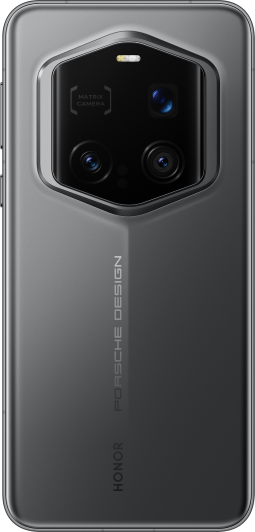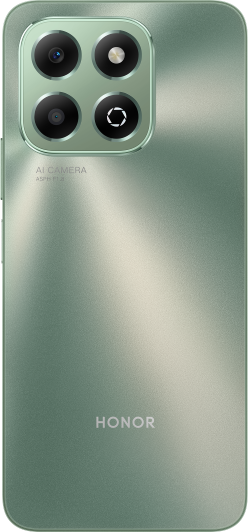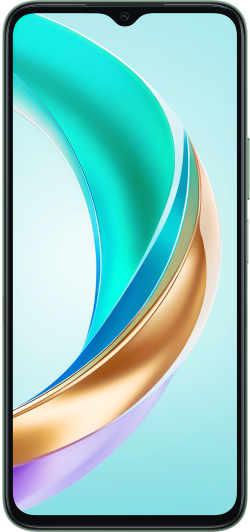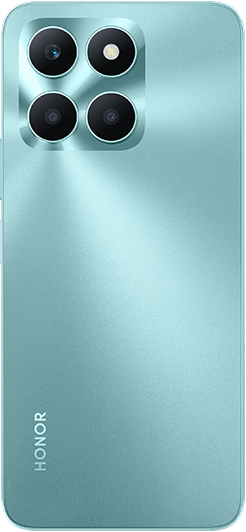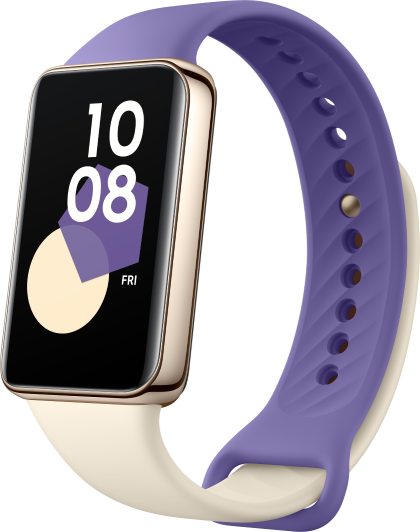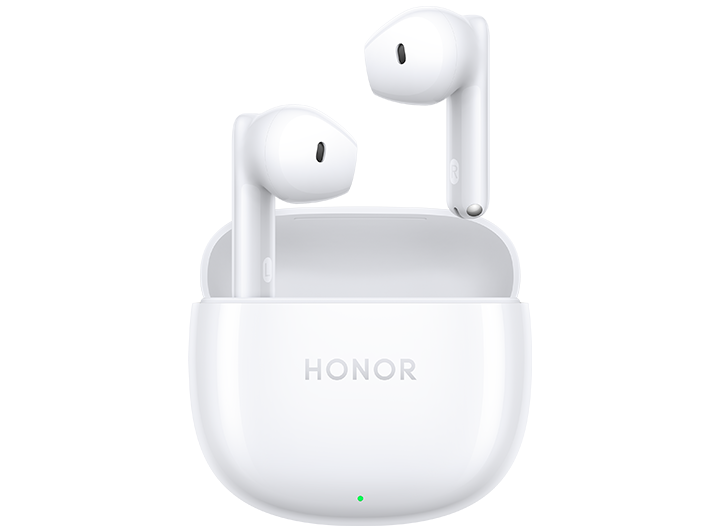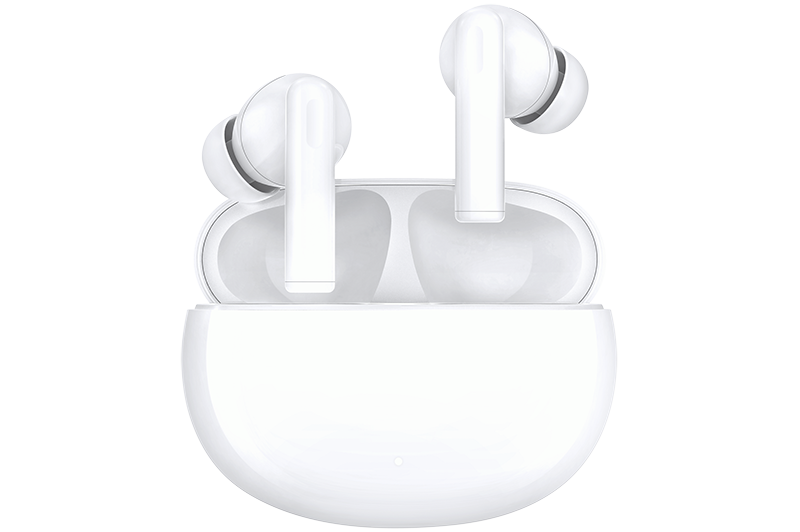TOP

我的荣耀 开启荣耀之旅
To log in to your account, you must first agree to the HONOR PLATFORM TERMS OF USE. If you do not agree, you may only browse the site as a guest.

What Is mAh on a Battery? Understanding Power Metrics
Have you ever wondered how your devices keep running for hours without a charge? The secret lies in a small yet powerful metric: mAh. But what is mAh on a battery, and why does it matter? This fascinating measure plays a crucial role in powering the gadgets we rely on daily, from smartphones to laptops. Understanding mAh goes beyond numbers; it’s about unlocking the potential of energy storage and optimizing your tech experience. Let’s explore its significance together.
What Is mAh?
The milliampere-hour (mAh) measures a battery’s energy storage capacity. It represents how much electric charge a battery can deliver over an hour. Higher mAh ratings mean a device can run longer between charges.
For example, a smartphone with a 3,000mAh battery might last a full day, while a larger appliance, like a washing machine, requires a power source with far greater mAh. This metric isn’t just for small gadgets but is also critical for devices like solar generators and portable power stations.
To calculate a battery's capacity in milliampere-hours (mAh), you can use the formula: multiply the battery's energy in watt-hours (Wh) by 1000, then divide the result by the battery's voltage (V).
For example, if a battery provides 1.5 watt-hours (Wh) of energy at a voltage of 5 volts (V), its capacity can be calculated as follows:
1.5 Wh multiplied by 1000 equals 1500. Dividing 1500 by 5 V gives a capacity of 300 mAh.
What Is mAh Used For?
mAh (milliampere-hour) is a unit of measurement that indicates the energy storage capacity of a battery. It’s commonly used to evaluate the performance of batteries in various devices, helping users understand how long a device can operate before recharging. Typical applications of mAh include:
● Portable Electronics: Smartphones, laptops, tablets, and cameras rely on high mAh ratings for extended usage.
● Power Tools: Cordless drills, saws, and other tools require robust batteries with higher mAh values for demanding tasks.
● Household Appliances: Devices like clocks, remotes, and kitchen gadgets use batteries with varying mAh capacities depending on their energy needs.
● Portable Power Stations: Off-grid solar generators and power banks often advertise their mAh ratings to indicate how much power they can supply.
This information helps consumers make informed decisions when choosing devices or replacement batteries.
What Is the Relationship Between mAh and Battery Life?
Understanding what does mAh mean on a battery is essential for assessing its impact on battery life. The relationship between mAh and runtime is straightforward but influenced by several factors.
In general, the higher a battery’s mAh rating, the longer it can last before needing a recharge. For example, a smartphone with a 3,000mAh battery typically lasts longer than one with a 2,000mAh battery under the same conditions.
However, this relationship is not linear. Factors such as device usage, hardware efficiency, and external conditions significantly affect battery life.
● Usage Patterns Activities like gaming, video streaming, or using resource-heavy apps drain batteries faster than lighter tasks like browsing or reading emails.
● Device Specifications High-resolution screens, powerful processors, and advanced graphics chips often require more energy, reducing battery life even if the device has a high mAh rating.
● Environmental Conditions Extreme temperatures—whether too hot or too cold—can degrade battery performance and reduce its effective lifespan.
● Charging Habits Overcharging, using non-certified chargers, or frequently letting the battery drop to 0% can harm battery health, diminishing its capacity over time.
mAh Levels for Common Household Devices
Different devices require varying mAh capacities to meet their specific energy demands. Here’s a closer look at the typical mAh ranges for two popular categories:
Smartphone
Smartphones typically have batteries ranging from 2,500mAh to 5,000mAh. A 3,000mAh battery is sufficient for most users to get through a day of average usage. For heavy users or those who rely on their phones for gaming or streaming, higher mAh ratings provide better endurance.
Laptop
Laptops generally require batteries between 5,000mAh and 10,000mAh. The ideal capacity depends on the device's energy needs. A lightweight laptop for basic tasks might be managed with a 5,000mAh battery, while a high-performance machine with a powerful processor and large display may need closer to 10,000mAh for a full day of use.
Power Banks
Power banks come in a wide range of capacities, commonly from 5,000mAh to 30,000mAh or more. A smaller 5,000mAh power bank is sufficient to recharge a smartphone once or twice, while a larger 20,000mAh or 30,000mAh model can charge multiple devices, including tablets or laptops, multiple times over. The choice depends on the user's charging needs and portability preferences.
How to Choose the Right Device Based on mAh
Knowing how mAh affects device performance allows you to make smarter choices. Here are some considerations when evaluating mAh ratings:
● Usage Needs: Higher mAh ratings are better for power-intensive tasks like gaming or video streaming. Lower mAh may suffice for basic tasks like calls or messaging.
● Device Size: Larger devices, such as tablets, often require higher mAh ratings for adequate battery life.
● Battery Life Expectations: If you need extended usage without frequent recharging, opt for devices with higher mAh ratings.
● Weight and Portability: Higher mAh batteries tend to be heavier, so balance capacity with portability.
● Brand Reputation and Customer Service: Choose devices from reputable brands known for reliable battery performance and responsive customer service, ensuring support for potential issues.
When considering a device, understanding your usage needs and trusting the brand’s reputation play pivotal roles. For users who prioritize extended usage for tasks like gaming, streaming, or professional multitasking, the HONOR Magic7 lite is an excellent choice.
Equipped with a robust 6600 mAh battery (typical value), this smartphone ensures hours of uninterrupted performance. Furthermore, its cutting-edge HONOR Silicon-carbon Battery technology enhances durability and efficiency. Paired with HONOR’s 66W SuperCharge, recharging is swift and convenient. HONOR’s legacy of reliable customer service and innovation makes the Magic7 lite a dependable companion for both productivity and entertainment.
Conclusion
Understanding what is mAh on a battery is essential for making informed decisions when purchasing electronic devices. This metric reveals a battery's energy storage capacity, influencing how long a device can operate between charges. By considering mAh alongside other factors like device specifications and user priorities, you can select the perfect device to meet your needs. Whether for daily use or extended off-grid scenarios, mAh ensures you stay powered up and connected.
FAQs
Is a higher mAh battery better?
A higher mAh battery generally provides longer usage time between charges, making it better for heavy users or power-hungry devices. However, it also depends on the device's energy efficiency and your usage habits. While more capacity is beneficial, other factors like weight, size, and device optimization should be considered for a balanced choice.
How long will a 5000mAh battery last?
A 5000mAh battery can last anywhere from one to two days, depending on usage. Light tasks like browsing or texting may extend life, while intensive activities like gaming or video streaming can drain it faster. On average, it’s ideal for all-day use without frequent recharging for most modern smartphones.
Which is better, 4000mAh or 5000mAh?
A 5000mAh battery offers more capacity than a 4000mAh, meaning longer usage between charges. However, the better choice depends on your needs. If portability and lighter weight matter more, 4000mAh may suffice. For heavy users or demanding apps, the extra capacity of 5000mAh is a better fit.
Source: HONOR Club

Subscribe To Our Newsletter - Discover HONOR
Please accept HONOR Platform Privacy Statement.
By entering your WhatsApp number, you agree to receive commercial information on WhatsApp about HONOR products, events, promotions and services. For more details, please see our privacy policy.
Please accept HONOR Platform Privacy Statement.
I agree to receive the latest offers and information on HONOR products, events and services through third-party platforms (Facebook, Google). I may withdraw my consent at any time as indicated in the Privacy Statement.
Contact
Mon-Sat: 09:00 – 18:00. (Except on national holidays).
Third Floor, 136 George St., London, W1H 5LD, United Kingdom.
Copyright © HONOR 2017-2025. All rights reserved.
We use cookies and similar technologies to make our website work efficiently, as well as to analyze our website traffic and for advertising purposes.
By clicking on "Accept all cookies" you allow the storage of cookies on your device. For more information, take a look at our Cookie Policy.
Functional cookies are used to improve functionality and personalization, such as when playing videos or during live chats.
Analytical cookies provide information on how this site is used. This improves the user experience. The data collected is aggregated and made anonymous.
Advertising cookies provide information about user interactions with HONOR content. This helps us better understand the effectiveness of the content of our emails and our website.






